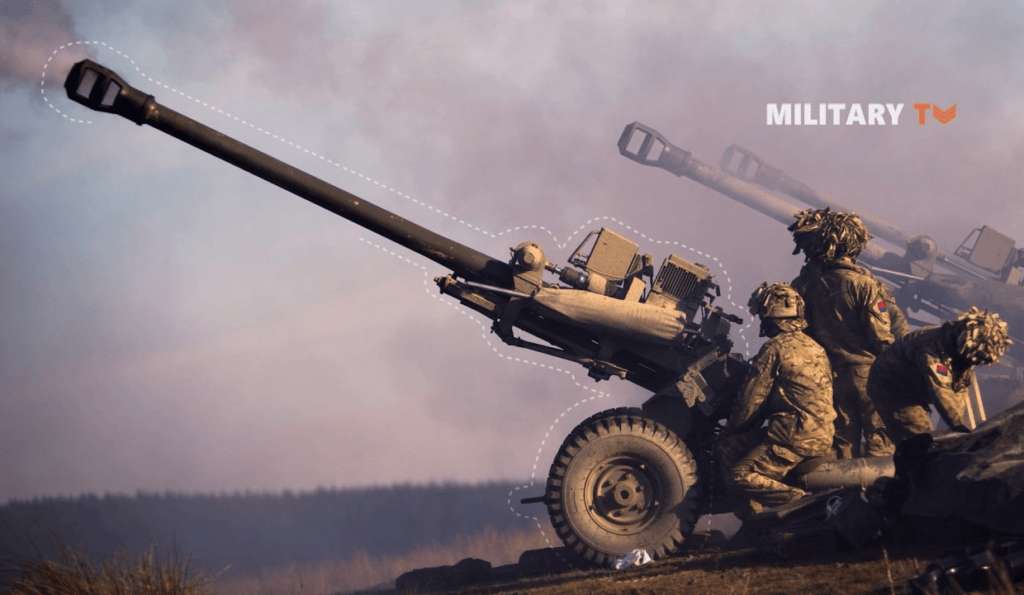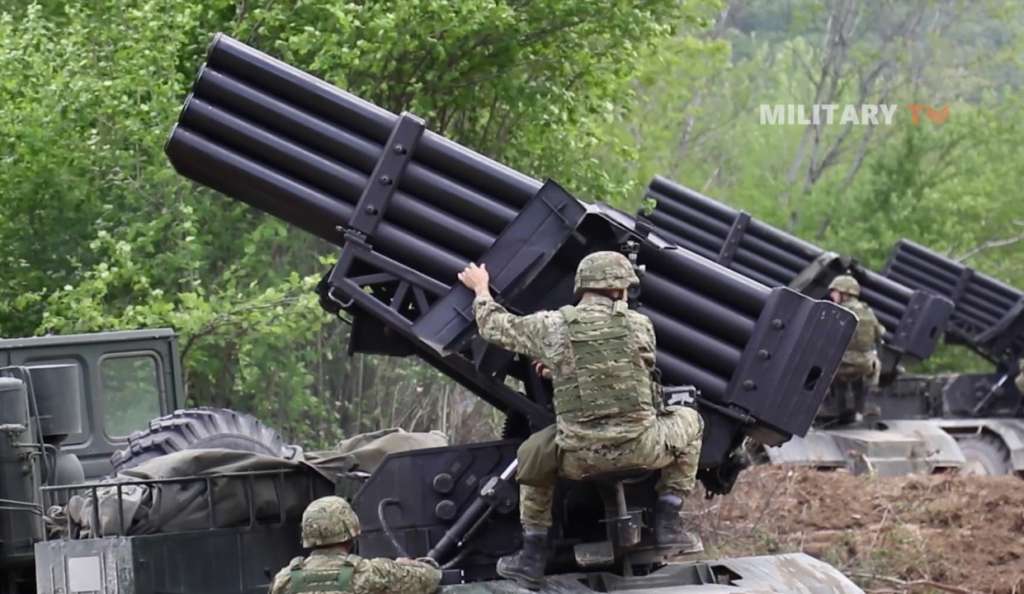Follow Us:

Share
Defense Feeds – In conventional warfare, artillery plays a very crucial role. It is not just an arm of the army, but it is a way of expressing power over the enemy. Almost every time Artillery is the first response to any misadventure of the enemies.

Traditionally, artillery is frequently referred to the King of Battle. Throughout the history of warfare, the ability to project firepower at a distance has always been one of the most important assets any commander could ask for.
Even before the advent of the cannon, catapults and trebuchets hurled massive stones that could shatter castle walls, bringing sieges that could last for months to an end in a matter of days.
Anyway, before we move further, we will identify what artillery is. Artillery refers to a class of heavy military ranged weapons built to launch munitions far beyond the range and power of infantry firearms.
Early artillery development focused on the ability to breach defensive walls and fortifications during sieges and led to heavy, fairly immobile siege engines.
As technology improved, lighter, more mobile field artillery cannons developed for battlefield use. This development remain today, modern self-propelled artillery vehicles are highly mobile weapons of great versatility generally providing the largest share of an army’s total firepower.
Today, modern militaries still require artillery and currently, advanced technology has made them more effective than ever. Since World War II, mortar fire has performed a major role in how the attack to the enemies take place. America employs artillery for everything ranging from breaking up enemy forces to supporting troops who are closer to the enemy to destroying enemy targets, and so on.
In addition, the invention of missiles in the 1940s would also lead to another advancement in such technologies that would transform the idea of artillery fire yet again. Coinciding with the discovery of nuclear weapons, the ICBM would be born, and the world would never be the same.
Today, we all still try to do our part to make sure that such weapons are never fired, however, we are still advancing at the same time.

Another concern relates to hypersonic missiles, which is still new, but faster, harder-to-stop projectiles are being developed and it can carry massive warheads that are destructive through impact and payload. Other techniques have been developed, as well, including railguns and some other concepts that have not yet been put into practice.
The weapons might change, but the idea remains the same. Thus, artillery is considered an effective way to attack the enemy from a distance and claim victory on the battlefield.
Another point to mention is that artillery has four core missions in the modern battlespace. It can be suppression of enemy fires or counter-battery fires, striking high-value targets, breaking up enemy force concentrations, and providing fire support for manoeuvre warfare.
Artillery has also added advantage of being cheaper to field and operate compared to precision-guided air-launched weapons traditionally used by Unmanned Aerial System platforms. According to Gady, a research fellow for cyber, space and future conflict at IISS, he mentioned that this cost factor makes artillery more economical option for suppression of enemy fires or for breaking up enemy formations.
After all, it is known that bombers can drop precision guided munitions of astounding power and accuracy. While Cruise missiles can be launched from submarines and ships and can be made to fly into a particular window.
Anyway, we’ve just discussed artillery in general, but then what is actually the role of artillery in the war between Russia and Ukraine? It is believed that artillery is likely to play a prominent role in any conflict between these two countries. The conflict would inevitably involve extensive use of tactical artillery on both sides.
This was the case when fighting was at its most intense and, despite the improvement in ground attack capabilities of the Russian air force, it is evident that much of Russia’s lethality is retained by its artillery within the Ground Forces.
The Russian army has been identified as an artillery army with a lot of tanks. This is because much of the Russian way of war relies on the ability of ground troops to bring their tactical and operational indirect fire systems to bear against an opponent’s forces.
This means that Russia’s ability to find and target Ukraine’s forces, and Ukraine’s ability to conduct counter-battery fire missions, will likely have a decisive impact on the outcome of any conflict between the two states.
There are interesting aspects to Russia’s use of artillery compared to Ukraine. Ukraine is using its artillery mostly to try and knock out as much Russian equipment as possible, but not so much as an offensive battle tactic.
Russia, on the other hand, is attempting to use its artillery to create “cauldrons” where maximum firepower is being used to drive Ukrainian forces out of battle strategic locations. While a good deal of Russia’s approach resembles a land version of what the US used to call carpet bombing in Vietnam.
Share
Defense Feeds is publication focusing on informing, engaging, and empowering the world by providing accurate information from defense technology.
Powered by Defense Feeds © 2025 – All rights reserved.